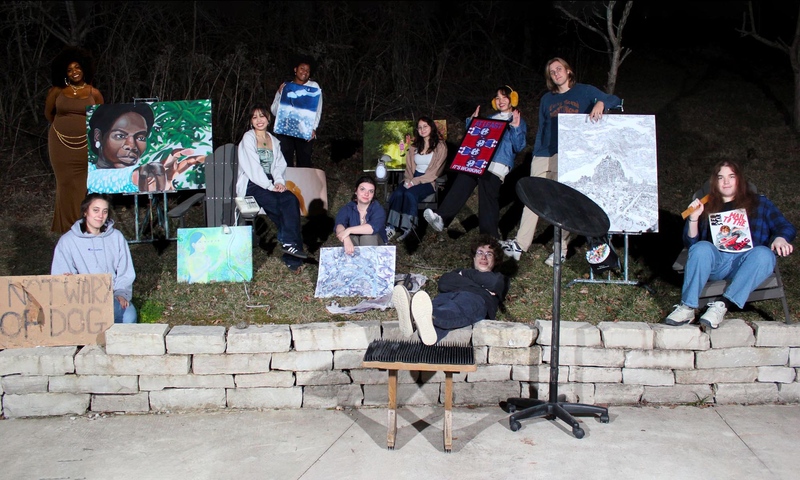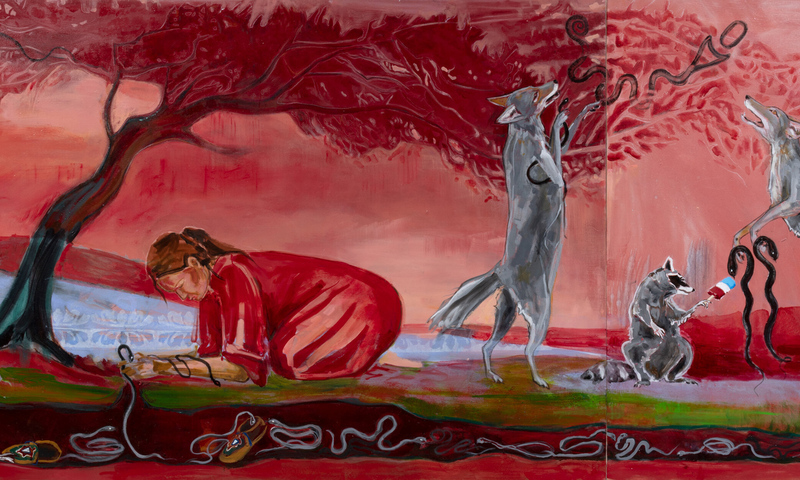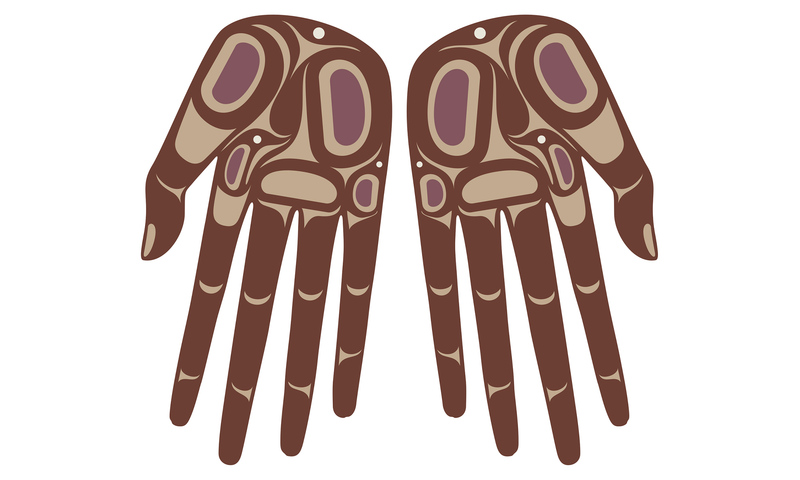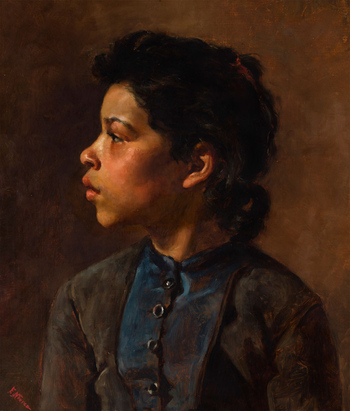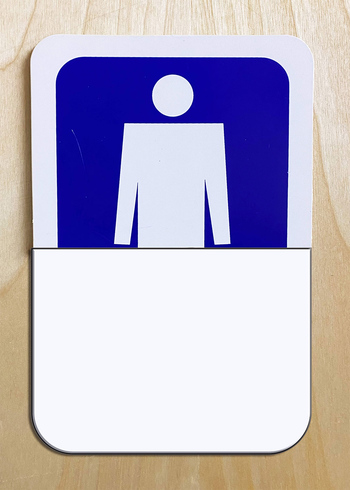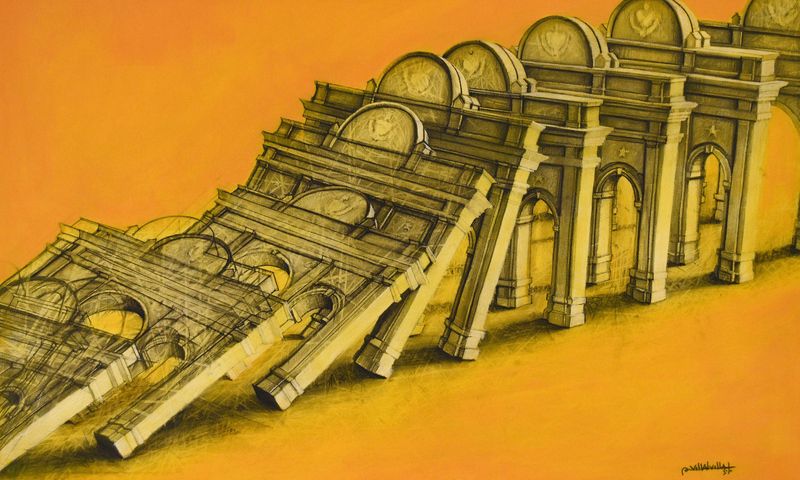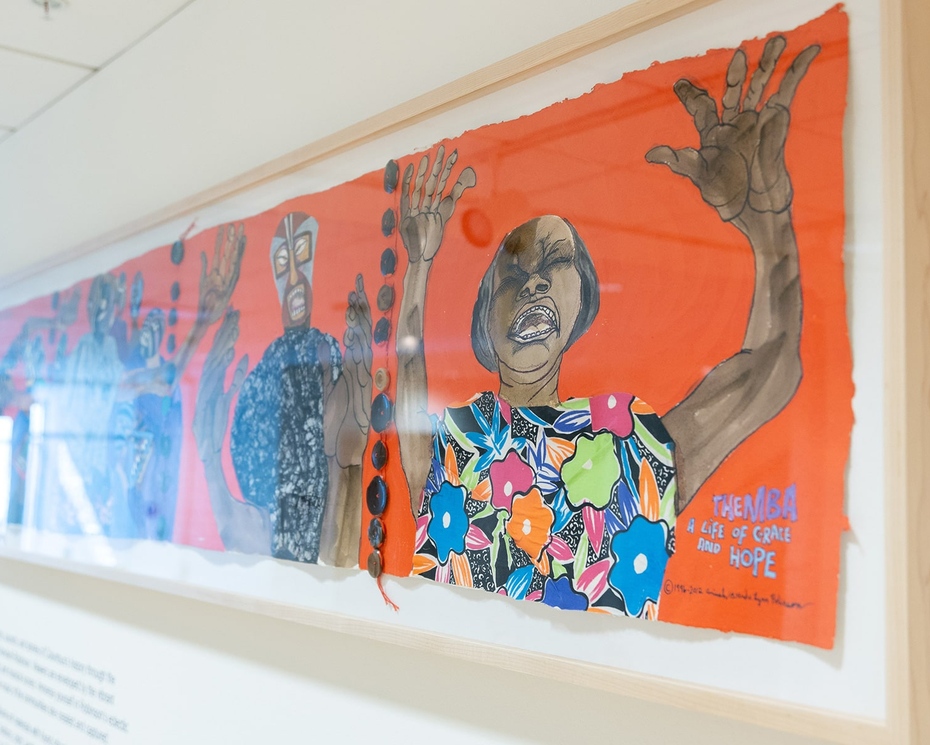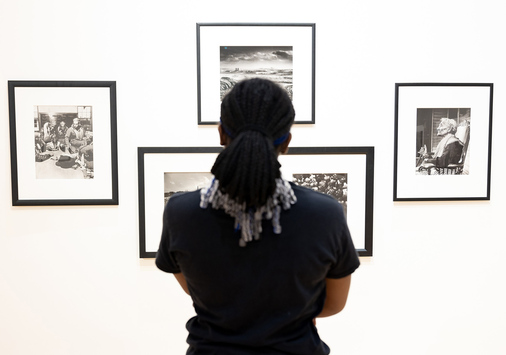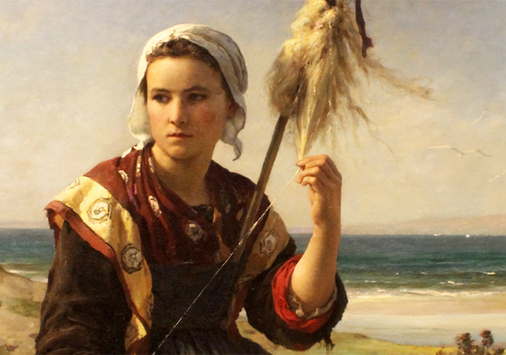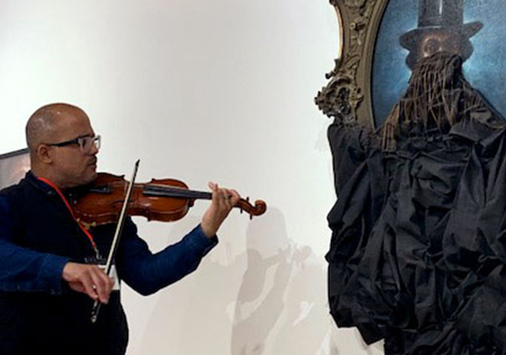Romancing the Past: Ancient Babylon in Granville
| Location: | |
| Ticket Info: | Free |
| Questions: |
Senior Arts Administrator
|
| Sponsor(s): |
“Look at this… it’s worthless, ten dollars from a vendor in the street. But I take it, I bury it in the sand for a thousand years; it becomes priceless.” ~Belloq, Raiders of the Lost Ark, 1981
The Denison Museum has on exhibition several Babylonian clay and stone tablets originally collected by archaeologist Edgar James Banks (1866-1945) prior to their purchase by Dr. E.R. Johnstone. Banks, an antiquities enthusiast and entrepreneurial archaeologist in the closing days of the Ottoman Empire, is considered and original inspiration for the fictional composite figure of Indiana Jones.
The Denison museum collection of Babylonian artifacts were initially acquired by archaeologist Edgar J. Banks in the early 20th century. After a number of years, Dr. Banks made the decision to sell his personal collection of artifacts to a number of institutions and collectors, including Dr. E.R. Johnstone. Dr. Banks and Dr. Johnstone met at the University of North Carolina at Chapel Hill where they both appeared as speakers and subsequently stayed in contact over a number of years. Olive Lee Hart, Dr. Johnstone’s granddaughter and graduate of Denison University class of 1950, inherited a portion of her grandfather’s collection and graciously donated the artifacts to her alma mater. The Denison Museum received the collection in 2006. The collection consists of four clay tablets, one stone tablet, an inscribed clay cone, and one stone seal, some of which date from as early as 2350 BCE.
The Johnstone Collection
“It belongs in a museum!” ~ Indiana Jones, Indiana Jones and the Last Crusade, 1989
The clay tablets are inscribed with cuneiform script and in translation represent receipts for goods such as an ox and a slaughtered gazelle. The inscribed clay cone is a foundation marker from the ancient city of Ur, and served as a kind of building “cornerstone”. It includes the inscription of Lipit-Ishtar, a prominent Babylonian king.
Also present in the collection are a cylinder seal, which was used in ancient times to roll an impression onto a two-dimensional surface like wet clay. The seal was usually engraved with a ‘picture story’ in which the images often depicted scenes of social or religious significance. The seals were generally made from hard stone, glass, or ceramic clay. They first appeared in the Near East during the Uruk period (ca. 4000 to 3100 BCE), but later versions would employ Mesopotamian (20th century BCE) hieroglyphs.


